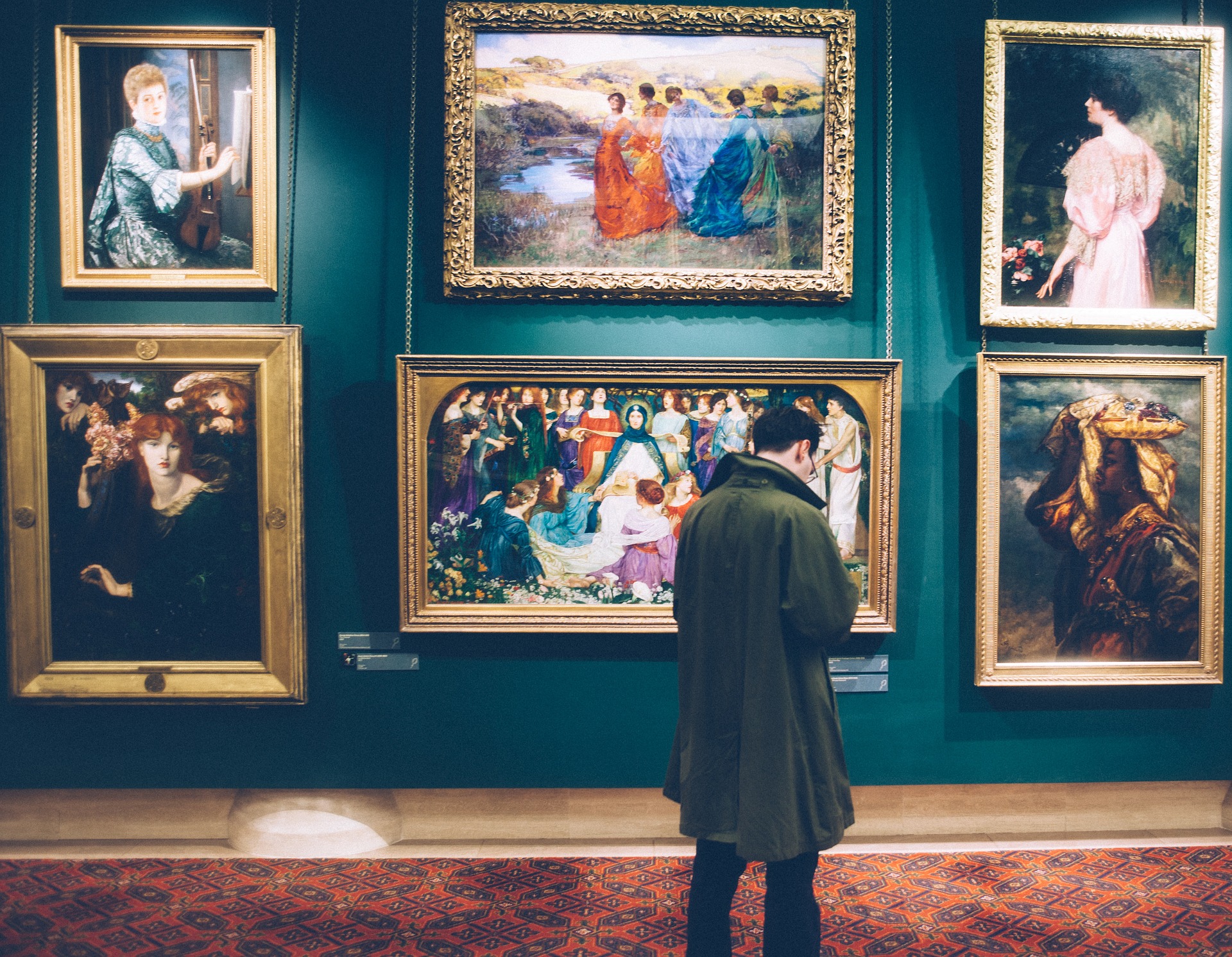Photo by StockSnap from Pixabay
By Grace Tesoro, Staff Writer
The Institute for Lifelong Learning hosted former FBI special agent and founder of the FBI’s Art Crime Team Robert K. Wittman to share his experience investigating art robberies and heists on Wednesday, Nov. 6 in Faylor Hall.
Wittman is a graduate from Towson University with a degree in political science. He worked in journalism for ten years as a reporter before he started working for the FBI in 1988.
He detailed that the need for forensic evidence such as fingerprinting, audio and videotaping became incredibly high to convince a jury later in the ’90s with the television program “CSI.”
“Now when most people think of art crime, they tend to think about art history.” Wittman stated, “But when we are talking about art crime, it really is about the art business.”
The art business, according to Wittman, not only pertains to sculptures, prints, and paintings, but it also signifies collectable items as well.
“Back in the day you could get a Mickey Mantle baseball card for a nickel. Who knew that one day it would be worth thousands of dollars?”
Wittman explained that the United States accounts for 40% of the art and collectible market, totaling at $80 billion, making the U.S. the number one consumer in the world.
“Now, how much was stolen?” Wittman asked rhetorically. After some investigating, it was revealed that $6 billion of it had been stolen. “This makes it the 5th largest criminal enterprise in the world,” Wittman said.
Wittman further specified the word “stolen” actually meant frauds, forgeries and fakes. He presented on the different statutes created by U.S. Congress that can protect people as well as their art.
He explained the Hobbs Act which deals with robbery of a gallery with a jewelry robbing spree of Rolex watches. The jewelry task force was having a hard time identifying individuals within the group of robbers who had participated in over 100 “stash and grabs” of Rolex watches in malls all over the United States.
Wittman told the audience that they were able to bust 127 people involved in these robberies with a single fingerprint left on the countertop in a McDonalds.
These robbers were not only violated the Hobbs Act, but the Interstate Transportation of Stolen Property statute as well.
“The final statute, Theft of Major Artwork is the most recent statute that was passed by Congress in 1994,” Wittman said. The statute was brought about by former Massachusetts senator Ted Kennedy after the Boston Heist at the Isabella Stewart Gardner Museum in 1990.
Two thieves posed as guards of the museum and tricked the real guards with a fake warrant to enter the museum. Wittman explained that they trapped the real guards in the basement and tied them to pipes. After this was complete, the robbers raided the museum and left with 13 pieces of stolen art.
One of the pieces stolen was Vermeer’s “The Concert,” which was one of only 35 paintings that Vermeer made and is considered to be the most valuable unrecovered paintings in the world. The robbers also got away with two Rembrandt’s, one of them being his only seascape:“The Storm on the Sea of Galilee.”“The Boston Heist is the largest single property crime in United States history at $300 million,” said Wittman.“Currently, there is a $10 million reward for these paintings.”
From the Boston Heist, the Theft of Major Artwork statute was passed stating that a cultural piece of heritage taken from a museum that is worth over $5,000 and over 100 years old or worth $10,000 at any age is a federal crime.
Wittman discussed how he created the Art Crime Team, ACT, back in 2005. The team originally started out with eight other agents who had three years of criminal investigative history. The team has since increased to 17 members and have recovered $150,000 worth of art within the past 10 years.
Wittman also showed audience members surveillance footage from “Operation Bullwinkle,” where Wittman and his team sought to recover a $35 million Rembrandt self-portrait that had been stolen out of The Swedish National Museum in 2000. Wittman had the help of the Swedish and Danish police, and together they were able to bust the art thieves.
“This truly showed the importance of cultural inheritance. Three countries came together to track down this painting,” he said.
Audience members were impressed with Wittman’s presentation. Senior Priscilla Kim noted that “it was a very interesting lecture, I did not expect him to show us the footage of an art bust. It gave really great insight as to what he did during his time in the FBI”.
Since leaving the FBI in 2008, Wittman has started his own business, Robert Wittman Inc., which allows him to use his art investigative skills on a more private level. His company helps clients protect themselves against losses of fraud, forgery and fakes dealing with art and collectibles.
























